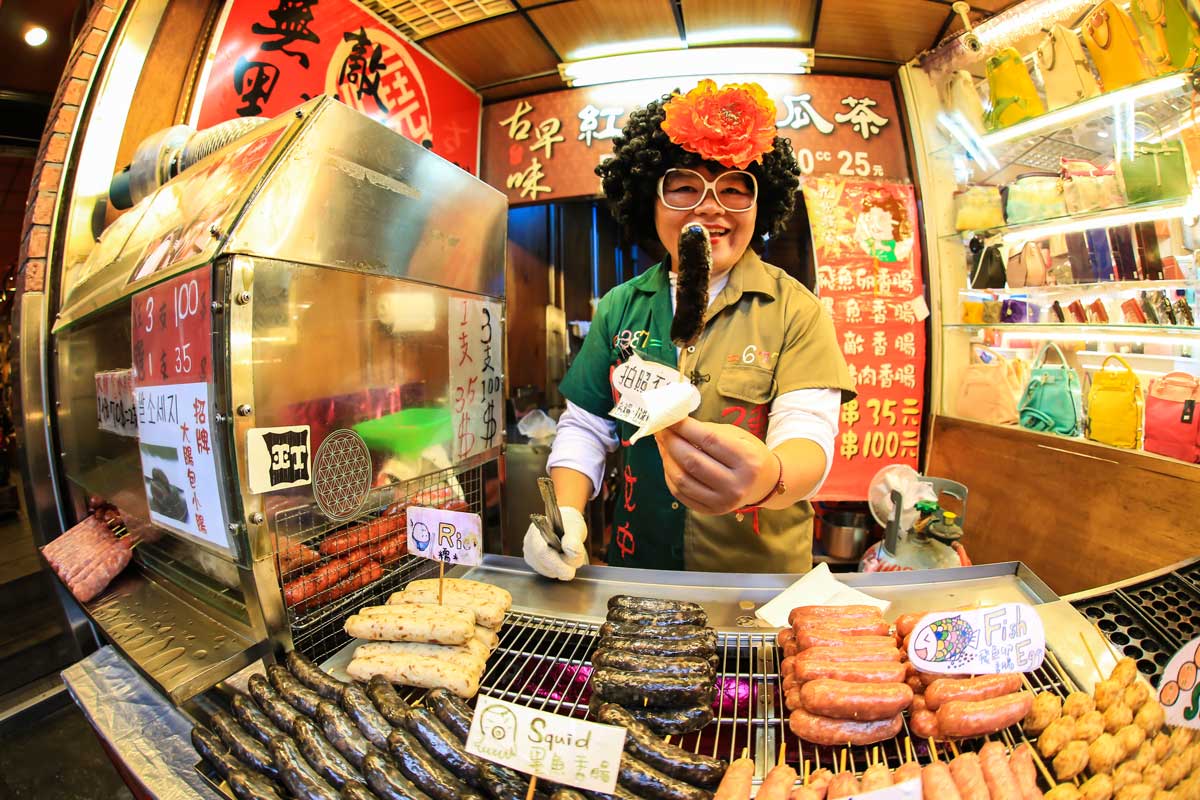Nearly everything in Japan is built upon tradition and virtually no action there is void of meaning. From the colour of your front door to the way you sit on the floor. Even a casual picnic under a flowering tree is a custom that stretches back over 1300 years in Japanese culture.
Known locally as “hanami” the centuries-old practice of picnicking under a blooming cherry blossom tree started way back during the Nara Period (710–794) and was originally something only the elite of the Imperial Court got to enjoy.
This simple pleasure did eventually spread to the samurai society though and down to the common folk and today it’s not uncommon for tourists from around the world to visit Japan just to see the famous trees exploding with colour.
A national obsession, the Japanese Meteorological Agency and the public track the sakura zensen, or cherry blossom front, every year as it moves north with the approach of warmer weather via nightly forecasts on the news, following the weather.
Every year the Japanese Meteorological Agency and the public track the sakura zensen, or cherry blossom front, as it moves north
Being their national flower (symbolising the fleeting nature of life) the Japanese pay close attention to these blossom reports and as soon as the buds in their ‘hood burst open, they quickly pack the Esky (or whatever) and turn out in huge numbers throughout nearby parks and temples to enjoy the passing scenery with their family and friends – a rare opportunity to relax with some food and sake in a country where productivity still rules.
Typically, the blossoming begins down in Okinawa in January and reaches the cities of Kyoto and Tokyo by the end of March or the beginning of April. From there, the temporary wave of colour continues floating up the countryside at higher altitudes and further north, finishing in Hokkaidō a few weeks later.
Back home, the most significant cherry blossom festival in Australia is held in Cowra, New South Wales. The Japanese gardens there were designed to commemorate the site of a major prison escape during World War II, when four Australian soldier and 231 Japanese soldiers died. Being in the southern hemisphere, the Cowra cherry blossoms don’t usually bloom until September.




